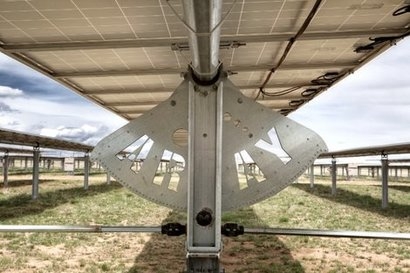
The Australian solar market is one of the fastest growing solar markets in the world, with more than 80 percent of Australian utility-scale projects utilising trackers. The technology is an important topic of discussion at this week’s Australia Clean Energy Summit in Sydney.
The Array Technologies report draws on independent research and analysis from TÜV Rheinland, providing insights into the Australian PV market and a detailed investigation into the engineering, design and operation of centralised and decentralised tracker architectures.
The study found that Array’s centralised tracker architecture delivers levelised cost of energy (LCOE) savings of $12.41 million on a 100-megawatt (MW) project when compared to decentralised technology over the lifetime of the system. This is largely due to lower scheduled and unscheduled maintenance costs, with decentralised architectures having thousands more components, such as batteries and motors.
“Array sites require vastly lower O&M simply because there are over 150 times fewer components that need to be maintained” said Ron Corio, founder of Array Technologies, “This is particularly important for solar investments in the Australian market, where unscheduled maintenance callouts are costly, and component replacement is time consuming and logistically challenging.”
Jeff Krantz, senior vice president at Array Technologies, added that the company’s solar trackers are being installed across the nation, with the highest concentration in Queensland, but New South Wales, Victoria, and Western Australia are also adopting the technology at a fast rate, and that given this uptake of tracking technology, it is crucial for solar investors to be knowledgeable about the risks and financial impacts of the different tracker technologies on the market.
Array Technologies, the pioneer of solar tracking technology, has seen significant gains in the Australian market, quickly obtaining 55 percent market share according to GTM Research. In the last 18 months, Array Technologies has been awarded 15 projects, amounting to more than 1 GW of new solar capacity.
For additional information:

